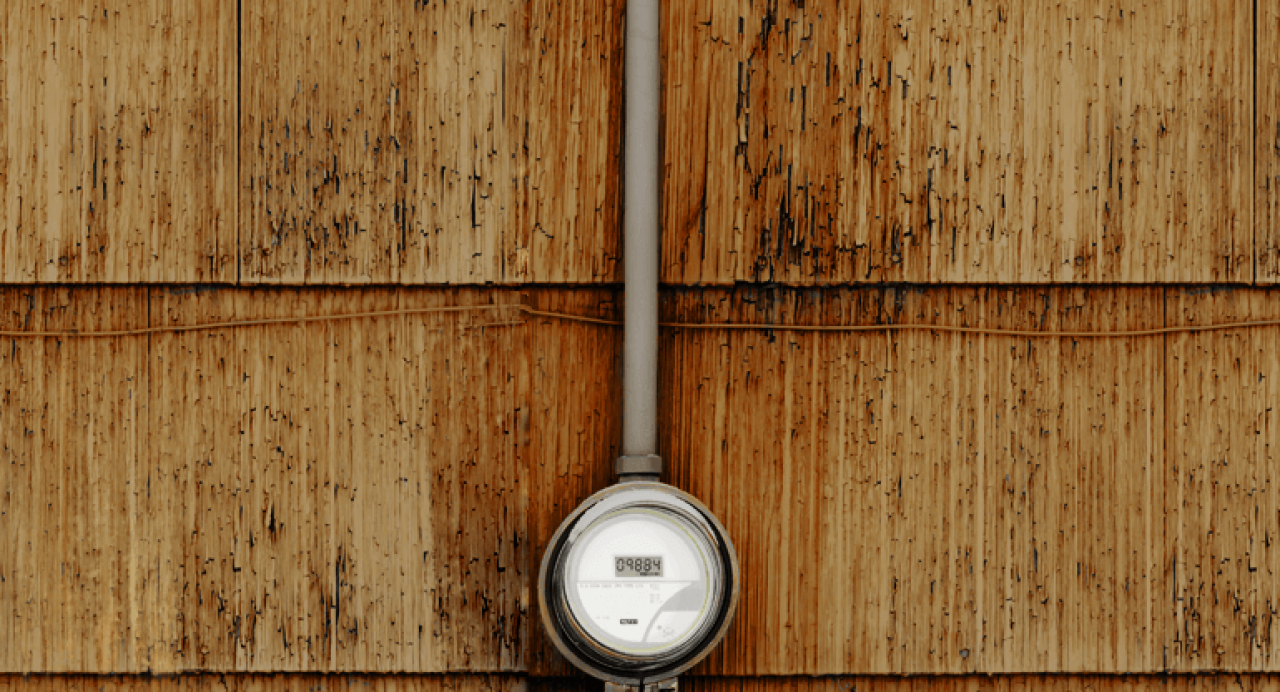By: David Smith
The shock of your last utility bill may have prompted a crusade to keep lights off in unoccupied rooms or to unplug idle electronics. But will these small tactics ensure any significant long-term savings for your home? According to the Department of Energy, having an energy audit performed and fixing the problems that are found can reduce your energy costs by as much as 30% per year.
What is a Home Energy Audit?
An energy audit is a home inspection performed by a certified technician who provides a report detailing where energy is being lost, how systems are operating inefficiently, and what changes can be made to save energy, water, and money. The easiest and often cheapest way to get an energy audit is through your local utility company or government agency. Typically, they will offer two audit options that vary in cost and thoroughness.
Basic Energy Analysis
Description: A budget-friendly option providing a personalized utility bill analysis and a walk-through inspection that identifies energy inefficiencies.
Time: 1 Hour
Cost: FREE to $50
Inspection:• Home and utility usage consultation
• Window/door air leaks
• Heating, cooling efficiency
• Appliance age and condition
• Water temperature settings
• Lighting inefficiencies
• Visible health and safety issues
• Electrical device usage
Result: A report of DIY no-cost or low-cost ways to save energy. You may receive free energy-saving items such as pipe insulation, door sweeps, low-flow faucet aerators, CFL light bulbs, and high-efficiency showerheads. Some companies perform free installation.
Comprehensive Energy Audit
Description: Diagnostic testing with specialized equipment to uncover hidden energy costs and air quality issues. Ideal if you’ve identified mold, condensation, cold spots, or old insulation and plan to make large improvements for significant reductions.
Time: 3-4 Hours
Cost: $300-500 (Check your utility company website for cost reduction options)
Inspection:• Basic Energy Analysis
• Blower door test: depressurizes home with calibrated fan to allow auditor to locate less obvious air leaks
• Thermal imaging scan: scans walls and ceilings to pinpoint cold spots, air leaks, missing insulation, and moisture problems
• Duct leakage testing
• Meter testing of wood moisture
• Combustion testing: detects carbon monoxide and natural gas leaks
• Mold and asbestos check
Result: A detailed report of results and analysis of total home energy usage. A prioritized list of recommended improvements with a cost/benefit analysis. Approved contractors and tax credit/rebate information to help cover upgrade costs identified in the audit.Tackle your energy use head-on by scheduling a professional energy audit with your local utility company and take the guesswork out of creating lasting home energy savings.



